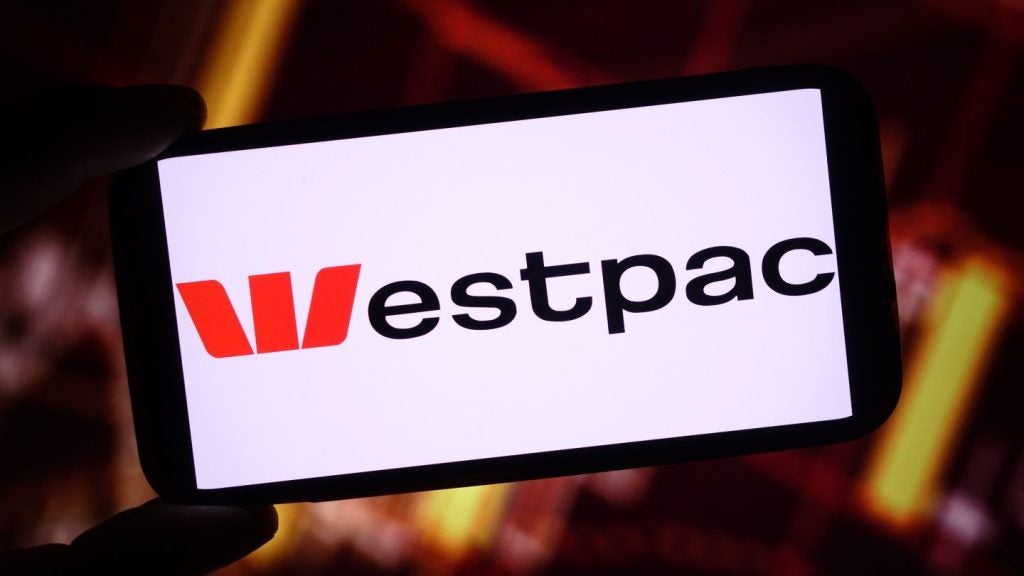Thanachart Bank, part-owned by Scotiabank, Canada’s
self-styled ‘most international bank’, is to pay $2.2bn for Siam
City Bank to become the fifth-largest bank in Thailand by assets
and branches. According to Scotiabank CEO Rick Waugh, they will
target further international expansion. Douglas Blakey
reports.
 Thailand’s Thanachart Bank,
Thailand’s Thanachart Bank,
49% owned by Canada-based Scotiabank, has agreed to pay THB32bn
($990.2m) for a 47.58% stake in Siam City Bank (SCB).
Upon closing the deal, Thanachart will launch
an offer for the remaining SCB shares, ahead of 256-branch-strong
Thanachart and SCB (413 branches) merging under the Thanachart
brand.
Scotiabank’s total exposure to its Thai
subsidiary will rise to $1.2bn once the second stage of the
transaction has been concluded.
Thailand’s Financial Institutions Development
Fund (FIDF), a unit of the country’s central bank, owned the
near-48% stake in SCB, having invested in the lender in 1998
following the Asian economic crisis; SCB subsequently merged with
Bangkok Metropolitan Bank.
The Thai government approved a plan in November
last year designed to increase competition and boost mergers and
acquisitions in the country’s banking sector.

US Tariffs are shifting - will you react or anticipate?
Don’t let policy changes catch you off guard. Stay proactive with real-time data and expert analysis.
By GlobalDataIt is also pressing ahead with a privatisation
strategy to dispose of bank stakes, in an effort to raise funds as
it copes with an increasing budget deficit.
The world’s biggest bank by market
capitalisation, Industrial and Commercial Bank of China (ICBC),
entered the Thai banking sector for the first time in September
2009, when it agreed a $106m deal to acquire 19.26% of the
country’s smallest lender, ACL.
ICBC is now working towards a bid to acquire
full ownership of ACL, and has said that ACL will provide it with a
platform to grow beyond Thailand in neighbouring Vietnam and
Cambodia.
Following the Thanachart/SCB merger, the lender
will have 669 branches, 2,100 ATMs, and 18,000 employees, and
become the fifth largest bank in Thailand by branches and assets
(with total assets of around THB800bn).
Funding for the acquisition will come from
Thanachart’s THB42bn capital raising exercise last year. Scotiabank
acquired an additional 24% in Thanachart in February 2009 at a cost
of C$270m ($266.9m), which increased its stake in the Thai lender
from 24.99% to 49%.
Ratings agency Moody’s said it viewed
Scotiabank’s Thailand investment as a negative in the short term,
but consistent with the bank’s successful international
strategy.
 “This market has solid
“This market has solid
fundamentals and good prospects for long-term growth. Scotiabank
remains committed to pursuing the right growth opportunities and
this agreement is a significant step forward in Asia to complement
a diversified emerging market strategy in the Caribbean, Central
America and Latin America,” said Rob Pitfield, Scotiabank’s head of
international banking.
In fiscal 2009, Thanachart posted net profits
of THB4.05bn, an increase of 117% compared with the previous year,
while SCB posted net income of THB3.9bn, 3.1% up on fiscal
2008.
Thailand’s biggest four banks by assets –
Bangkok Bank, Krung Thai, Kasikornbank and Siam Commercial – posted
resilient earnings in fiscal 2009 despite the country suffering its
first recession in 11 years.
Siam Commercial remained the country’s most
profitable, with earnings down by 3.3% to THB20.8bn while the
country’s biggest bank by assets, Bank of Bangkok, posted flat net
profits of THB20bn.
Strong loan growth – estimated to be around 4%
to 10% – and an improving net interest margin are expected to
enable the country’s major banks to report double-digit increases
in profits in 2010.
Thai banks are also expected to benefit from
accelerating spending under the government’s economic stimulus
package.
The Thailand deal came within a few days of
Scotiabank acquiring the Colombia-based operation of Royal Bank of
Scotland (RBS), a unit offering mainly wholesale banking services
for the corporate sector.
RBS’ Colombian unit, acquired as part of its
ill-fated acquisition of parts of ABN AMRO in 2007, is the
second-smallest Colombian bank by assets, with less than 100
employees.
“It is a small operation, but it is important
because it is our entry in Colombia,” said a Scotiabank
spokeswoman.
Scotiabank has also been aggressively expanding
its private banking operations outside Canada, opening 14 branches
in 12 countries since kicking off an international wealth
management drive in 2006.
 Expansion has been focused on
Expansion has been focused on
Latin America – where the bank is already a big player with
operations in Mexico, Belize, El Salvador, Panama, Costa Rica,
Dominican Republic, Peru, Venezuela, Brazil and Chile – and in Asia
where its focus has been largely in the corporate sector as opposed
to retail banking.
In the three months to 31 January, the first
quarter of the bank’s fiscal 2010, Scotiabank reported net income
of C$988m, an increase of 17.3% from the corresponding period last
year. But net profits at the bank’s international unit fell by
24.2% to C$294m for the same period.
Growth of 3% in average retail loans,
predominantly in Mexico, was more than offset by a 6% decline in
average commercial loans, reflecting reduced demand for credit
across the international division.
Real growth in low-cost deposits was strong at
12%, mainly in the Caribbean and Mexico.
The bank’s Tier 1 capital ratio increased by 50
basis points to 11.2% from the end of the fourth quarter, leaving
it well placed to pursue other small deals.
“We don’t like large acquisitions, regardless
of what the environment is, so we like to build on what we’ve
got… and we think adding on in moderate size is better than doing
something big size,” Scotiabank President and CEO Rick Waugh told
analysts. “We see opportunities and we will prudently look at then
as they come up.”
Scotiabank already owns a 14.8% stake in
Chinese regional lender Xian City Commercial Bank and is looking to
make further investment in the country.







